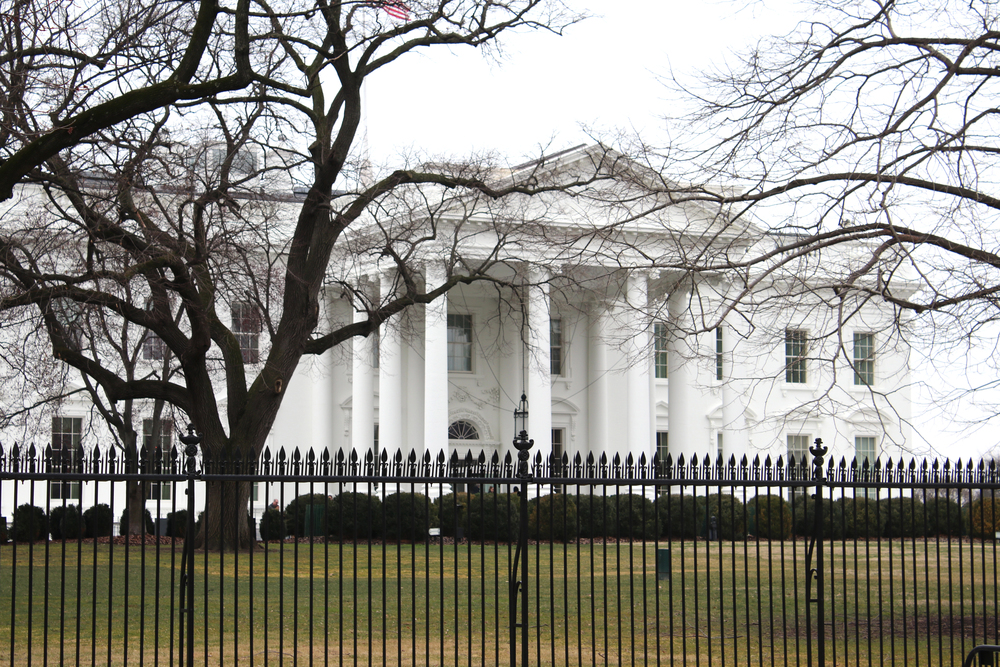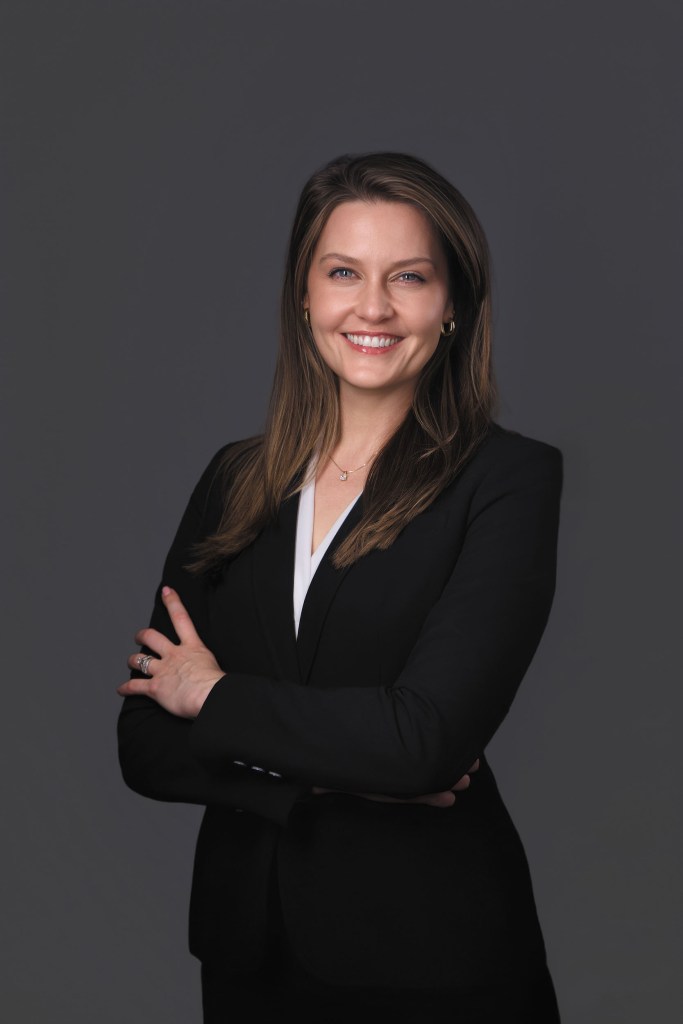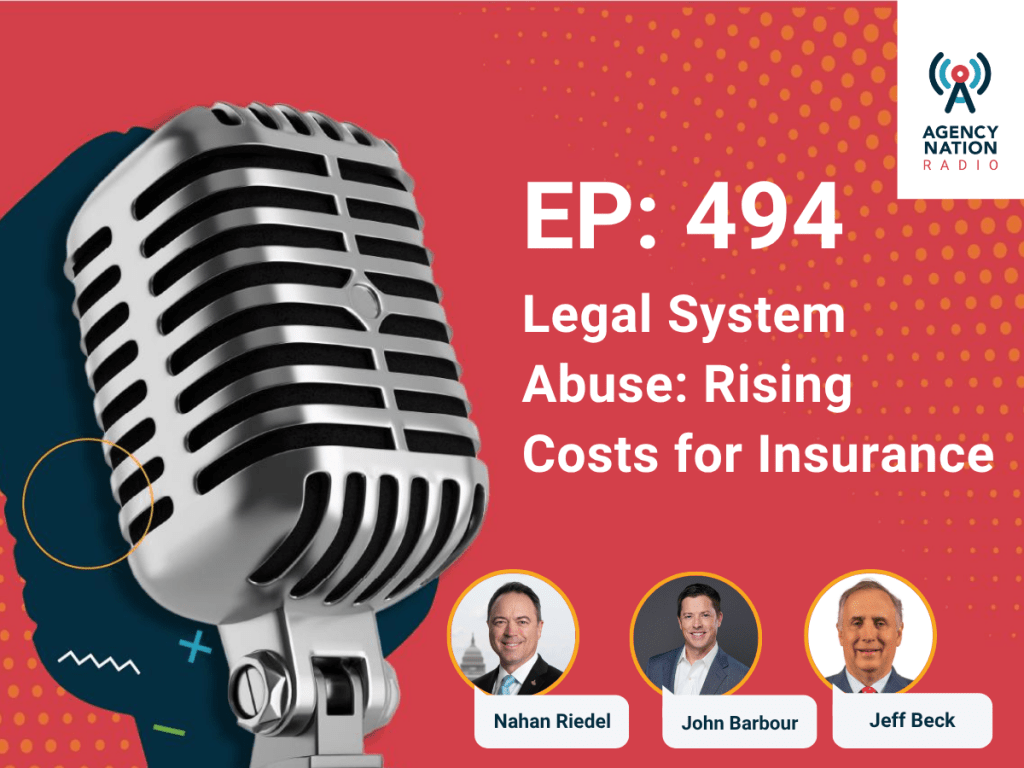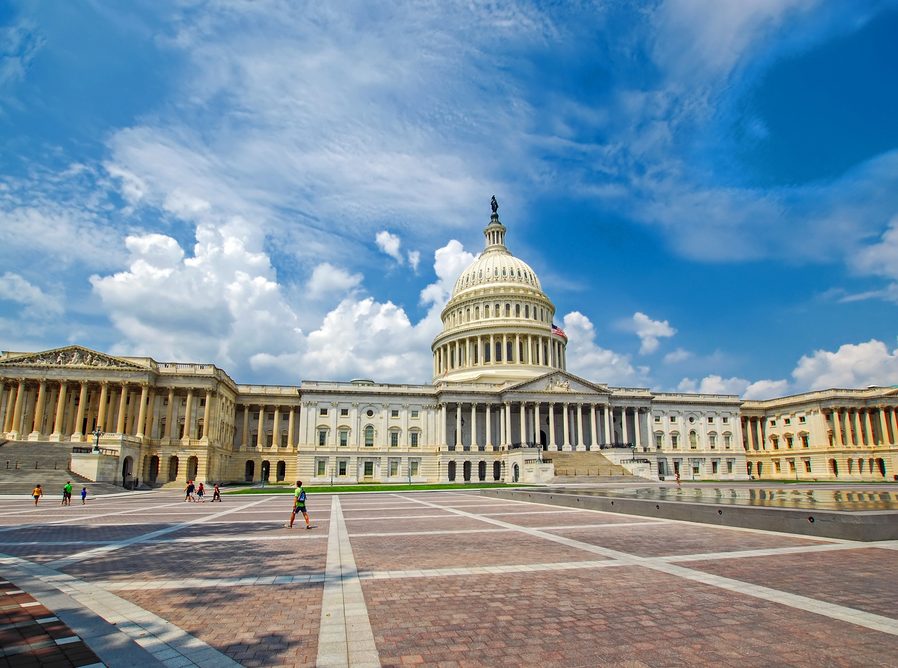Senate Banking Committee Holds Hearing on NFIP Reauthorization
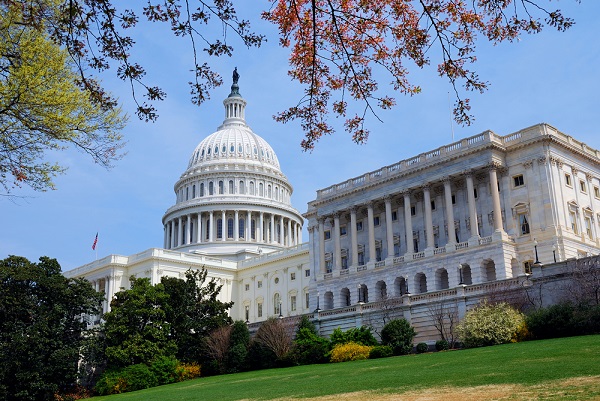
By: Wyatt Stewart
On Tuesday, the U.S. Senate Committee on Banking, Housing, and Urban Affairs held a hearing entitled, “Reauthorization of the National Flood Insurance Program, Part I.” The hearing covered several important topics, including the role of the Write Your Own (WYO) program, affordability issues, mapping and mitigation, the role of private flood insurance, and Risk Rating 2.0.
Chairman Sherrod Brown (D-Ohio) opened the hearing by calling for a bipartisan long-term reauthorization of the NFIP. Ranking Member Pat Toomey (R-Pennsylvania) noted in his opening statement that the NFIP was a flawed program but that a long-term reauthorization of the NFIP would offer Congress a chance to make important reforms.
The committee then heard testimony from the following witnesses: Mr. Chad Berginnis, executive director, Association of State Floodplain Managers; Ms. Velma M. Smith, senior officer, government relations, The Pew Charitable Trusts; Ms. Rebecca Kagan Sternhell, director, New York City Office of Federal Affairs; Mr. Stephen Ellis, president, Taxpayers for Common Sense; and Mr. R.J. Lehmann, senior fellow and editor-in-chief, International Center for Law & Economics.
The Big “I” submitted a statement for the record and noted the importance of finally enacting a long-term reauthorization of the program after numerous short-term reauthorizations. Additionally, the Big “I” emphasized the importance of increasing take-up rates for flood insurance whether it be through the NFIP or the private market. With that in mind, the Big “I” advocated for clarifying that private flood insurance can satisfy NFIP continuous coverage requirements, which would mean that if a consumer leaves the NFIP for the private market and later wants to return to the NFIP, they can do so without penalty.
The Big “I” statement also advocated for allowing refunds for unearned premiums for mid-term cancelation of NFIP policies when a consumer elects to purchase a policy from the private flood insurance market. Finally, the Big “I” statement touched on Risk Rating 2.0 and noted that the Big “I” believes that Risk Rating 2.0, if properly implemented, has the potential to improve the NFIP experience for consumers. However, the Big “I” statement noted that the rollout of the program will be critical to determining its success.
In other flood insurance news, the Big “I” also responded to a request for public comment on 24 proposed Interagency Questions and Answers Regarding Private Flood Insurance.
In March, the Office of the Comptroller of the Currency, Board of Governors of the Federal Reserve System, Federal Deposit Insurance Corporation, Farm Credit Administration and National Credit Union Administration collectively proposed to supplement the Interagency Questions and Answers Regarding Flood Insurance with new questions and answers regarding the acceptance of flood insurance policies issued by private insurers, pursuant to the federal agencies’ private flood insurance final rule issued in February 2019. The agencies noted that these questions and answers would assist lenders in meeting their responsibilities under this rule and increase the public’s understanding of the agencies’ flood insurance regulations.
The Big “I” submitted comments late last week, which reflected feedback on nine of the 24 interagency questions and answers and touched on mandatory acceptance of private flood insurance, discretionary acceptance of private flood insurance and general compliance with private flood insurance.
As Congress continues to discuss reauthorizing the NFIP and other flood insurance concerns, we will continue to provide members with updates in the weekly News & Views e-newsletter.
Wyatt Stewart is Big “I” assistant vice president of federal government affairs.


